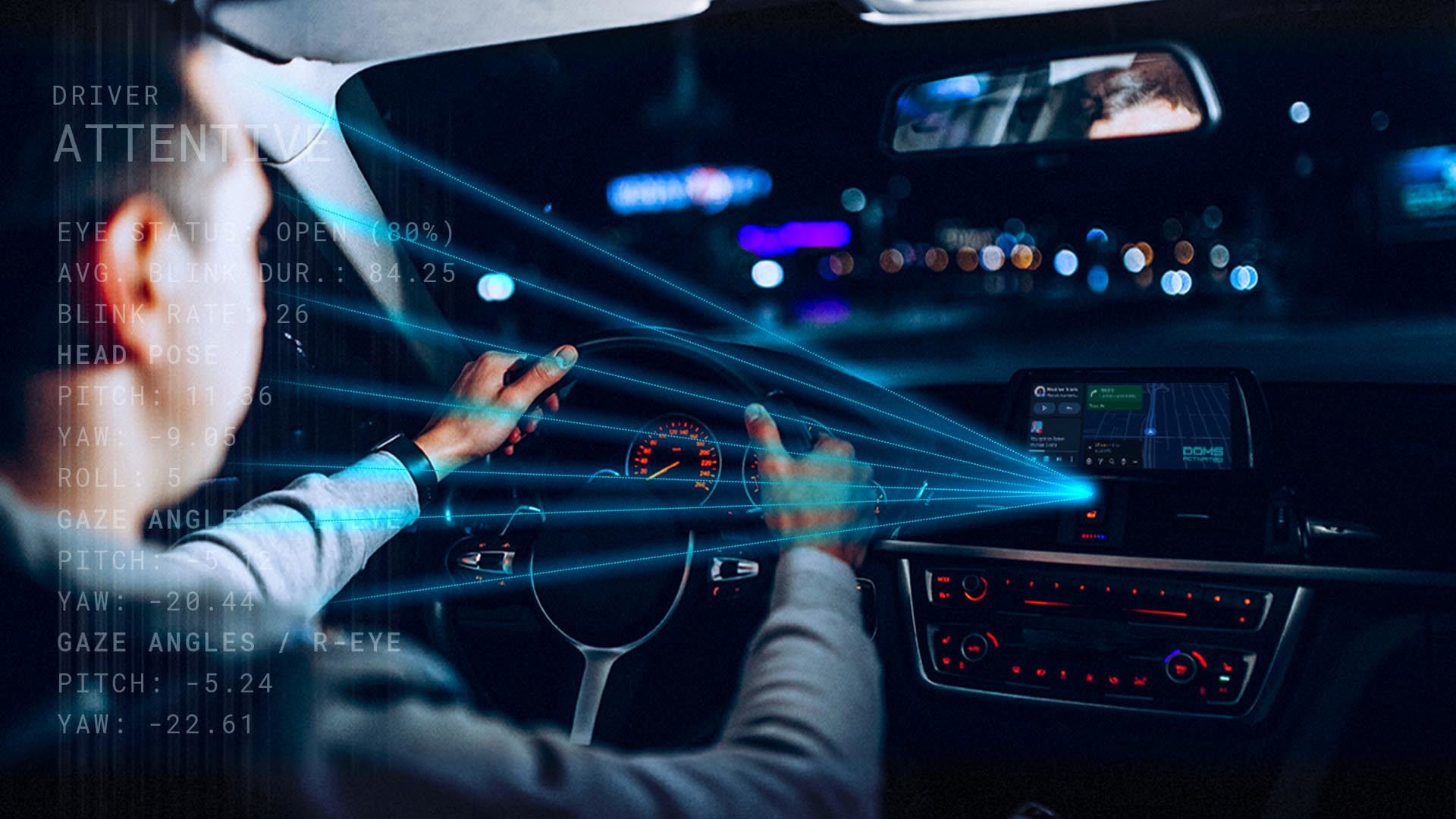Vehicle safety has come a long way, evolving from passive features like airbags to active driver-assist systems that help prevent accidents before they happen. Now, the latest innovation in car safety is AI-personalized technology, which adapts to individual driving styles and road habits. Instead of offering generic safety solutions, these smart systems continuously learn, providing customized accident-prevention strategies that fit each driver’s unique behaviors.
With the help of machine learning, biometric sensors, and vehicle-to-everything (V2X) communication, AI-driven safety tools are making cars more intelligent and proactive. These advancements go beyond standard features like automatic braking or lane departure warnings. They create real-time safety shields that predict and respond to dangers before they even arise. Let’s explore how AI-personalized safety technology is reshaping the future of accident prevention.
From One-Size-Fits-All to Personalized Protection
According to www.mgalaw.com, traditional car safety technology follows a universal approach, applying the same preventive measures to all drivers regardless of their habits. While features like anti-lock brakes, stability control, and blind-spot monitoring have saved countless lives, they operate on preset thresholds rather than adapting to individual users. This means they may not always provide the best-fit safety response for different driving styles.
AI-driven safety, however, takes a different route. Using machine learning, modern vehicles analyze driver behavior, traffic conditions, and even biometric signals to create a personalized protection strategy. These systems can detect if a driver frequently brakes late, takes corners aggressively, or struggles with night driving, and then adjust the car’s safety responses accordingly. The result? A car that doesn’t just follow general safety rules but actively learns how to protect its specific driver.
AI-Driven Driver Profiles: Understanding Your Unique Risks
Every driver has unique habits that influence their likelihood of being involved in an accident. AI-powered vehicles can now create driver risk profiles by studying braking tendencies, speed adjustments, reaction times, and common maneuvers. This allows the car to identify patterns of risky behavior and adjust safety measures accordingly.
For example, if a driver tends to speed up sharply at intersections, the AI system might provide earlier collision alerts than it would for a cautious driver. Similarly, if a driver is prone to late braking, the car may engage automatic braking sooner in hazardous situations. By tailoring its safety interventions, AI ensures that accident-prevention measures are not just reactive but anticipatory and specific to each driver’s needs.
Smart Sensors That Learn From Experience
Modern cars come equipped with an array of sensors, including LIDAR, radar, and cameras, to detect surrounding obstacles and road conditions. AI enhances these sensors by adding a learning layer, enabling the car to recognize personal driving patterns and environmental hazards over time. Instead of responding to generic risks, the system continuously adapts, refining its accident-avoidance strategies based on past encounters.
For instance, if a driver regularly takes the same highway route, the car’s AI can identify high-risk zones based on past close calls. It may then proactively slow the car down in certain areas or provide enhanced lane-keeping assistance where needed. Some systems even offer predictive traction control, adjusting tire grip dynamically based on how a driver typically maneuvers in wet or icy conditions. This personalized approach ensures that safety measures are not just standardized but optimized for real-world driving patterns.
V2X Communication: Your Car’s Digital Sixth Sense
AI-driven safety doesn’t stop at individual vehicle behavior—it extends to external connectivity through Vehicle-to-Everything (V2X) communication. This technology enables cars to exchange real-time information with traffic lights, road infrastructure, and nearby vehicles, enhancing accident prevention beyond the driver’s immediate field of vision.
What makes AI-personalized V2X unique is its ability to filter and prioritize alerts based on the driver’s habits. If a driver frequently misjudges merging distances, the system may provide earlier alerts for approaching vehicles. Similarly, for someone who tends to brake abruptly in traffic, the AI could issue preemptive slowdown cues when detecting congestion ahead. By integrating personalized safety settings with city-wide data, V2X turns every car into a hyper-aware driving assistant that actively prevents collisions before they even become threats.
Human-AI Collaboration: Giving You Superhuman Reflexes
Many people fear that AI will eventually take full control of vehicles, removing human decision-making. However, the real goal of AI-personalized safety tech is not to replace drivers but to enhance their abilities—giving them reflexes and awareness that go beyond human limitations. These systems act as co-pilots, providing subtle yet powerful interventions to keep drivers safe without compromising their control over the vehicle.
For example, haptic feedback steering wheels can gently nudge a driver’s hands in the right direction if they start drifting into another lane. Augmented reality (AR) dashboards can highlight pedestrians or potential hazards in low-visibility conditions, ensuring that drivers see dangers before they even register them mentally. With AI-assisted reaction times and predictive safety coaching, drivers can avoid accidents that would have been inevitable under normal circumstances.
Conclusion: The Future of Accident Prevention is Personalized
AI-personalized safety technology represents the next frontier in accident prevention, moving beyond generic safety measures to customized protection that adapts to individual drivers. Unlike traditional safety systems that respond after a threat appears, AI-driven solutions anticipate, learn, and react in real time to prevent accidents before they happen.
As these smart technologies continue to evolve, they will make roads safer not just for individual drivers but for everyone. From AI-driven driver profiles to learning sensors, V2X communication, and human-AI collaboration, personalized accident prevention is becoming an essential component of modern vehicles. The future of safety isn’t just about smarter cars—it’s about cars that truly understand their drivers and proactively protect them.
